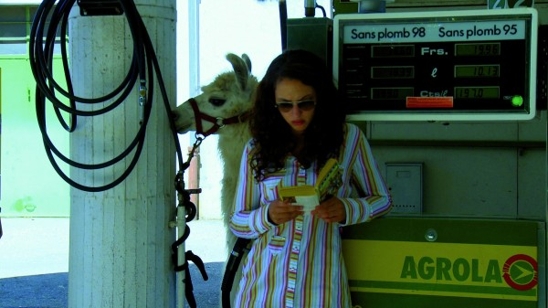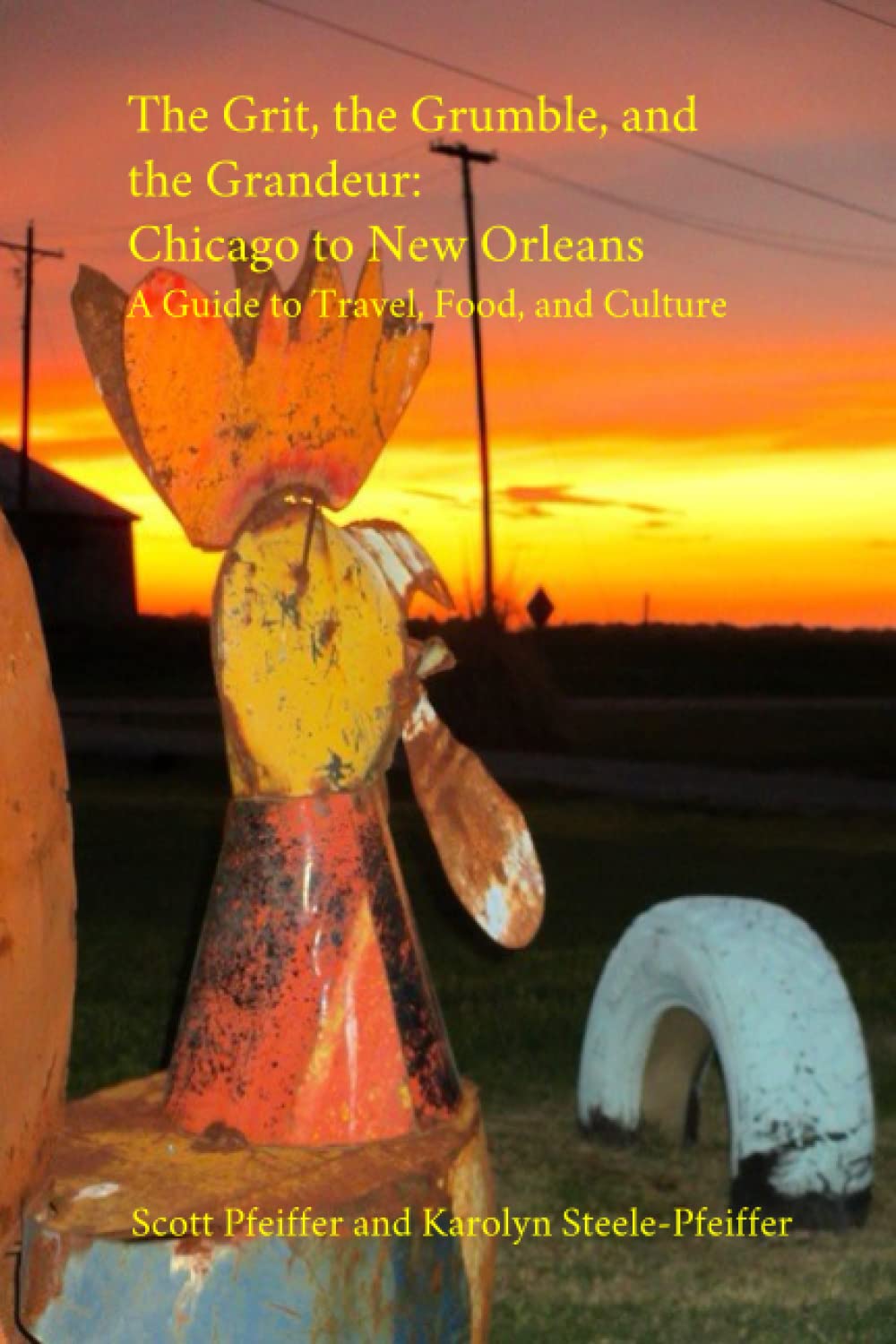Film Socialisme

Godard is a giant of film. That said, a lot of especially his late-period stuff is pretty outside our frames of reference, particularly as Americans. I think the first thing to keep in mind when thinking about “Film Socialisme” (which may by the 80-year-old’s last film) is that he’s not trying to entertain you. Rather, the sort of Brechtian idea of “dialectical film,” as I (struggle to) understand it, is to foreground the relationship between the observer and the movie. “The observer is a necessary and equal participant,” as film writer James Monaco puts it. Instead of entertainment, a movie can be “a forum for examination and discussion.”
On the other hand, watching late Godard is like reading Joyce or Pynchon in that there’s always a playfulness there, and you’re almost always rewarded for getting through the difficult bits with a passage of disarming beauty or tenderness, of delightful wit or poetry. He’s not contemptuous of the audience. Quite the contrary: the whole approach of “dialectical film” is to get you involved.
The first section takes place aboard a gleaming cruise ship. It’s a look at the politics of pleasure, maybe. People gamble. They disco dance. A young woman in her cabin watches a YouTube video of kittens on her laptop. (We see a minute or two of this “entertainment”. It’s very cute and funny indeed.) We meet various characters. They represent figures from history or literature, maybe even European nations. Patti Smith is one of them (she’s said that “Breathless” was a very important film in her life). We hear asynchronous voices, the streaming of various consciousnesses. (Further obscuring the film’s meaning for English speakers are the subtitles, which are rendered in “Navajo English,” often appearing in groups of three portmanteaus.) Visually, we get the backlit shots that Godard’s been using at least since “Weekend,” as people are silhouetted against windows on the sea. He plays with various textures of film stock. As always, the colors are vivid and beautiful (it’s photographed by Fabrice Aragno and Paul Grivas).
The second part of the film is a portrait of a rural family and the garage they own. Some sort of paparazzi-like documentarians hover about, while the boy fends them off with a play sword. The last third is given over to that sort of beautiful montage that we saw in “Histoires du Cinema,” mixing Hollywood, documentary and original footage. Images flicker, toggle, blend, wax and wane almost as if lit like a lantern from within. There’s an homage to Godard’s dialectical montage hero, Eisenstein, original footage of a tour group walking the Odessa steps mixed with footage from that famous sequence itself (one of the most powerful sequences in all of film).
There is actually a lot of feeling in the film, too. And that’s the thing. Even though I’ve read a few things in my time, I can’t pretend I have anywhere near the background to understand everything Godard’s doing here. (And his people do read: at one point a woman reads Balzac in front of a gas pump as a llama looks on.) Still, his work connects with me on some emotional level. There is an elegiac tone for things lost, in art and in politics, that moves me very much.
So, the montage of “Film Socialisme” is pretty much the mix that’s been his subject on along. Capitalism. Liberation stuggles. Fascism. Energy. The Europe of antiquity versus today. Painting. Hollywood. Animals and children. What does it all mean? How do all the elements interrelate? That’s for us, the audience, to figure out. As for me, I’m still thinking about it. As for Godard, don’t look to him for answers: the final shot of the movie, and perhaps the capstone to this singularly fascinating director’s career? A title reading simply, “No Comment”.
Rating: ****
Key to ratings:
***** (essential viewing)
**** (excellent)
*** (worth a look)
** (forgettable)
* (rubbish!!)
- June 16, 2011


 Scott Pfeiffer
Scott Pfeiffer
Reader Comments